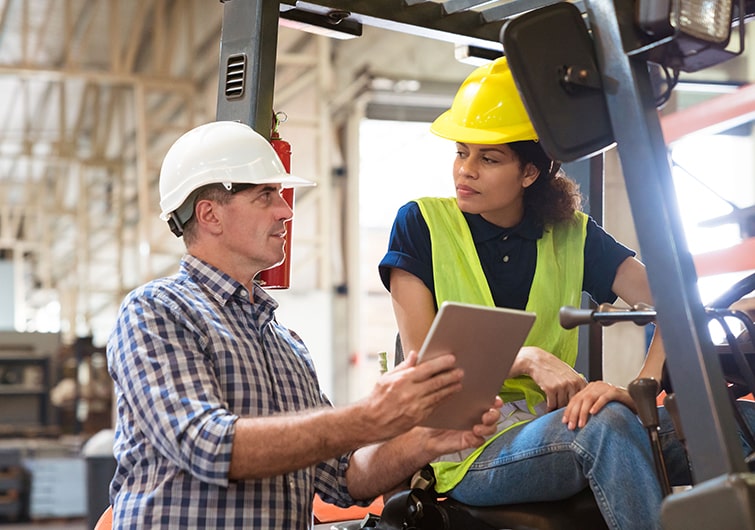Why You Should Use Lift Assists in the Workplace
Posted on January 27, 2020 | in Ergonomics

Lifting, lowering, pushing, pulling—these common manual material handling tasks are major contributors to low back pain and overexertion injuries in the workplace. In fact, forceful exertions are considered a growing global problem and account for about 23 percent of all occupational injuries in the United States.
One of the best solutions for manual material handling woes is implementing a lift assist. Whether it’s vacuum-powered or an electric manipulator, this type of tool provides a mechanical advantage for operators instead of requiring manual force, and the resulting reduction in risk can be significant.
There’s one important caveat: operators must use the equipment. It’s not a good practice to assume that people will adopt a whole new way of working right off the bat, just because the equipment is new or expensive. We’ve seen lift assists collect dust and be used as coat racks with that type of thinking. Implementing a new lift assist—with a strategic plan—will improve the transition period.
Here are five considerations for making your new equipment successful from the start:
Choose the best equipment for the job.
Operators are more likely to use equipment when it helps them do their work better than they could on their own. Make sure the speed of the lift assist does not limit operators in their cycle times. A proper end effector is critical for grabbing material effectively. A long, articulating handle will enable use with a neutral posture, even when picking from floor-level.
Provide training for operators.
Without proper training, operators will struggle to adopt new technology. Safety is an important consideration here as well. Make sure new and future operators know what equipment is available and how to use it properly. A great way to enforce this is by adding the equipment procedure to standard work documents.
Champion the change.
Start out with at least one person who is comfortable and supportive in using the new equipment. They can answer questions for their teammates and will inspire others to follow suit. Resistance goes down once the benefits are visible.
Make the job harder without it.
Sometimes, the best way to show people that the job is easier with the lift assist is by making the job harder first. Consider removing a conveyor that would otherwise enable operators to continue manually handling materials, for example. Operators will end up choosing the path of least resistance, which has now been configured as the lift assist.
Engage with operators.
The people who are most affected by this change are the operators; they shouldn’t be left out of the equation. Keep operators involved in planning for a lift assist, make sure their opinions are heard, and follow up routinely to answer questions and address concerns. We refer to this concept as “asking the expert,” and it’s part of the job improvement process for a reason.
Bringing in new equipment to improve a job is a big deal. These tips will help guide you to a successful transition where equipment is put to good use. Have you struggled or succeeded in the adoption of new equipment? What are some of your own tips?